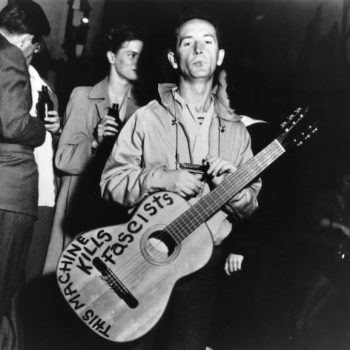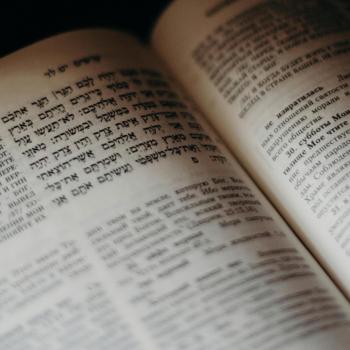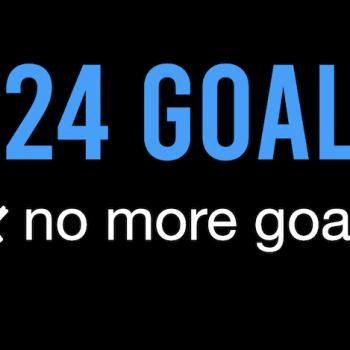Andrew Sullivan had an interesting take at The Dish this week. He notes that a key component of any plan to reduce the amount of money the U.S. government spends on entitlement programs will have to involve churches, ministries, and not-for-profit groups. These groups will have to shoulder more of the burden for caring for those on the margins of our society if the government turns off the spigot.
The big question is will churches, ministries, and not-for-profit groups be able to fill the gap? It’s an open question in my mind. I’ll say this: I think we should be able to. However, over the past 20 years of ministry I’ve been involved with, I’ve met very few ministry or justice oriented organizations (religious or secular) that are flush with cash. Most of the ones I know are always struggling to make ends meet.
One thing is for sure. In the coming presidential election those on the left will do everything they can do to try to convince us all that those on the political right are moustache twisting daddy-war-bucks who only get excited when they are screwing the poor. It’s a caricature, to be sure, but is there any truth to it? Sullivan notes that red states consistently out pace blue states in charitable giving.
Part of the narrative the Republicans rely on is a “trickle down” effect. If we protect the rich, they’ll take care of the rest of us by being generous with their money, building businesses, providing jobs, and supporting charities, etc. That narrative seems to have one major problem according to Sullivan: the poorest fifth of Americans give twice as much to charity as the richest fifth.
The Bureau of Labor Statistics’ latest survey of consumer expenditure found that the poorest fifth of U.S. households contributed an average of 4.3 percent of their incomes to charitable organizations in 2007. The richest fifth gave at less than half that rate, 2.1 percent.
Paul Ryan and Mitt Romney fall into that riches fifth category who give at less than half. How do they stack up?
The Ryans donated $12,991 to charity in 2011, and $2,600 to charity in 2010 — which are 4 percent and 1.2 percent of his income, respectively.
The reality is that most voters won’t care, but it’s troubling to me for one simple reason: A key component of the narrative that Republicans are advancing is that the best way to care for the poor is not for the government to do it, but for churches, ministries, and non-profit groups to do it. If Paul Ryan is an example of how it will work… it won’t work. Sullivan continues:
How much did the Obamas give in 2010? 14.2 percent – compared with Ryan’s 1.2 percent – and Santorum’s 1.7 percent. Romney was far more generous, largely through tithing – but he was still beaten in percentage terms by Obama in 2010. But it’s Ryan who is the most prominent advocate of replacing state care with private charity. It’s just that others will have to supply the charity. Judging by his past, he sure won’t.
I think Sullivan might be a little bit harsh. I gave up long ago expecting politicians to live up to their beliefs. But I do think trickle down is a myth, and Paul Ryan helps to prove the point. Any society is obliged first and foremost to care for those on the margins. The government will have to play a role in that. The question is what role? How can we care for the poor without causing our country to go broke. I don’t think Ryan is a bad guy. But I think Sullivan is right to point out that his actions seem inconsistent with his rhetoric.












